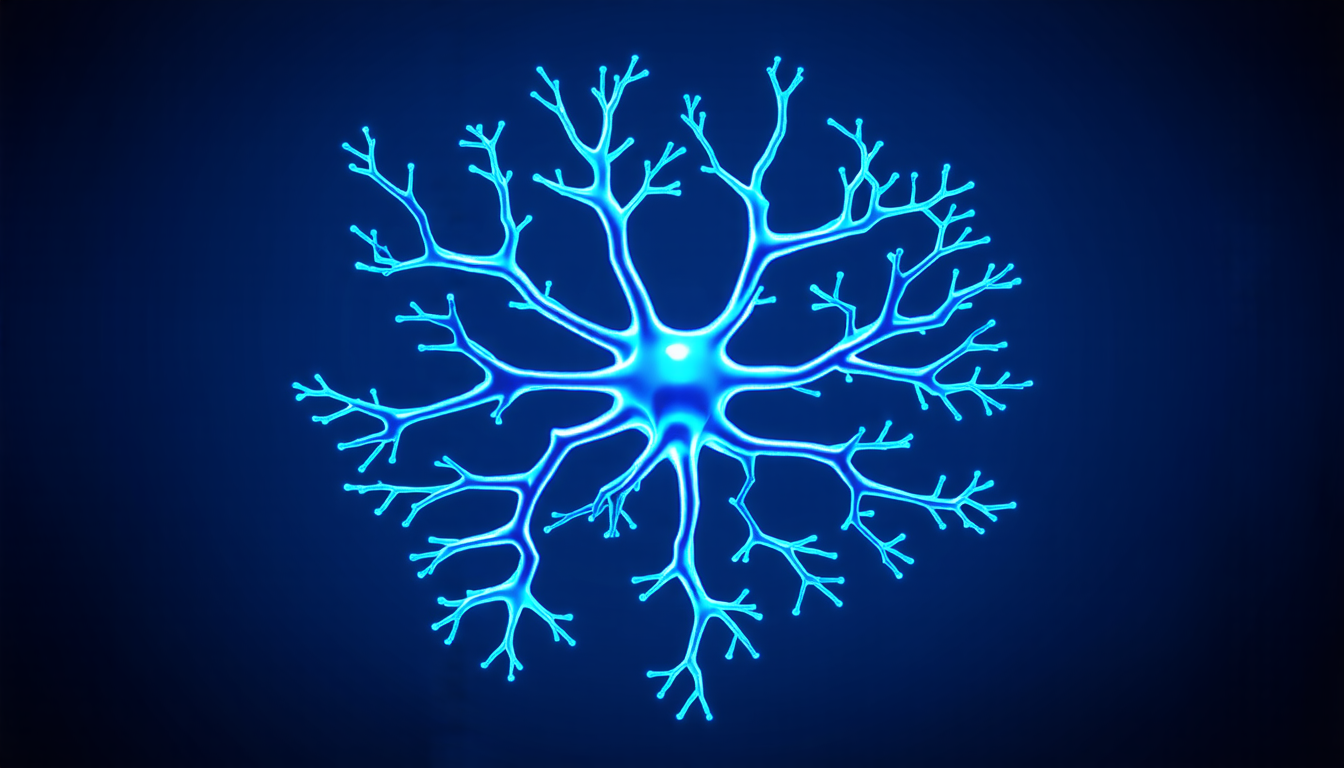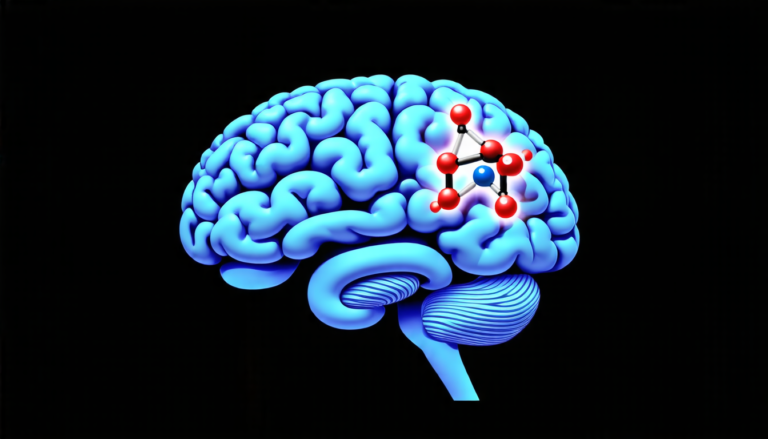Wednesday 09 April 2025
The intricate dance of neurons in our brains is still not fully understood, but a new study has shed light on how these tiny cells respond to external stimuli. By analyzing the behavior of integrate-and-fire neurons – simple models that mimic the way real neurons process information – researchers have uncovered a set of mathematical relationships that reveal the hidden patterns underlying neural activity.
The integrate-and-fire model is surprisingly effective at capturing the essence of neural function, despite its simplicity. It’s a crucial tool for understanding how our brains process information, and has been used to study everything from vision to cognition. But until now, there was a significant gap in our knowledge: how these neurons respond to stimuli that are not just simple electrical pulses, but complex patterns of activity.
The answer lies in the concept of fluctuation-response relations (FRRs), which describe how neurons adapt to changing environments. In essence, FRRs reveal the intricate balance between spontaneous activity and the response to external stimuli. By analyzing these relationships, researchers can gain insights into the neural mechanisms that underlie our perception of the world.
The study used a range of mathematical techniques to derive these FRRs for different types of integrate-and-fire neurons. The results show that certain patterns of activity are more effective at stimulating neural responses than others – a finding that has significant implications for our understanding of how our brains process information.
One of the most striking aspects of the research is its ability to capture the complexity of real-world neural activity. The authors used a combination of analytical and numerical techniques to derive the FRRs, which allowed them to simulate the behavior of neurons in response to a wide range of stimuli.
The study also highlights the importance of considering the inherent noise present in neural systems. In other words, the random fluctuations that occur naturally within our brains play a crucial role in shaping our perception of the world. By taking these fluctuations into account, researchers can gain a more accurate understanding of how our brains process information.
The implications of this research are far-reaching, and have significant potential for applications in fields such as neuroscience, psychology, and artificial intelligence. For example, the ability to model neural activity with greater accuracy could lead to the development of more sophisticated prosthetic devices or even the creation of artificial intelligence systems that mimic human cognition.
In short, this study has opened up new avenues of research into the complex world of neural activity.
Cite this article: “Unlocking the Secrets of Brain Activity: New Insights into Fluctuation-Response Relations in Neurons”, The Science Archive, 2025.
Neurons, Integrate-And-Fire Model, Neural Activity, Fluctuation-Response Relations, Frrs, Neural Processing, Brain Function, Artificial Intelligence, Neuroscience, Psychology.







